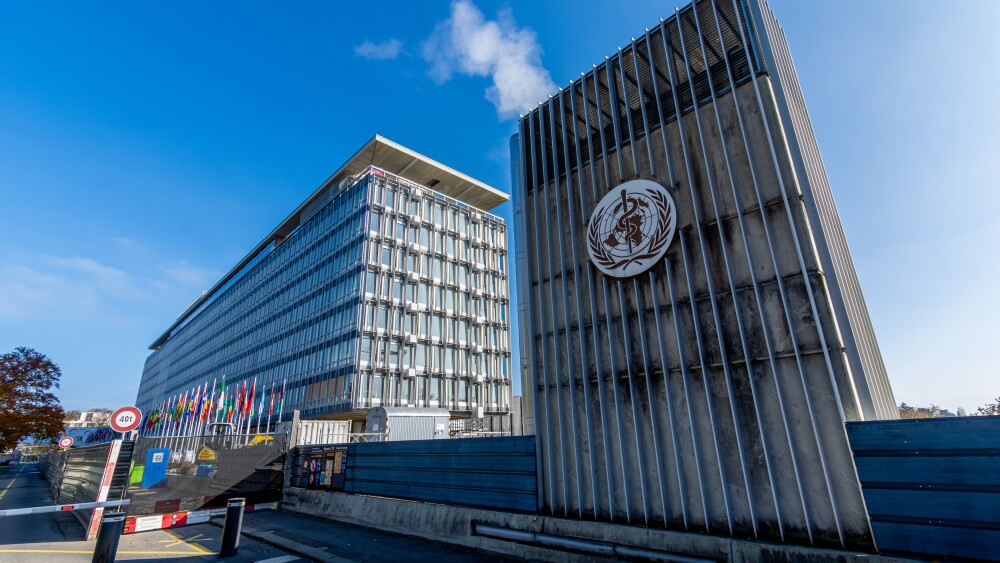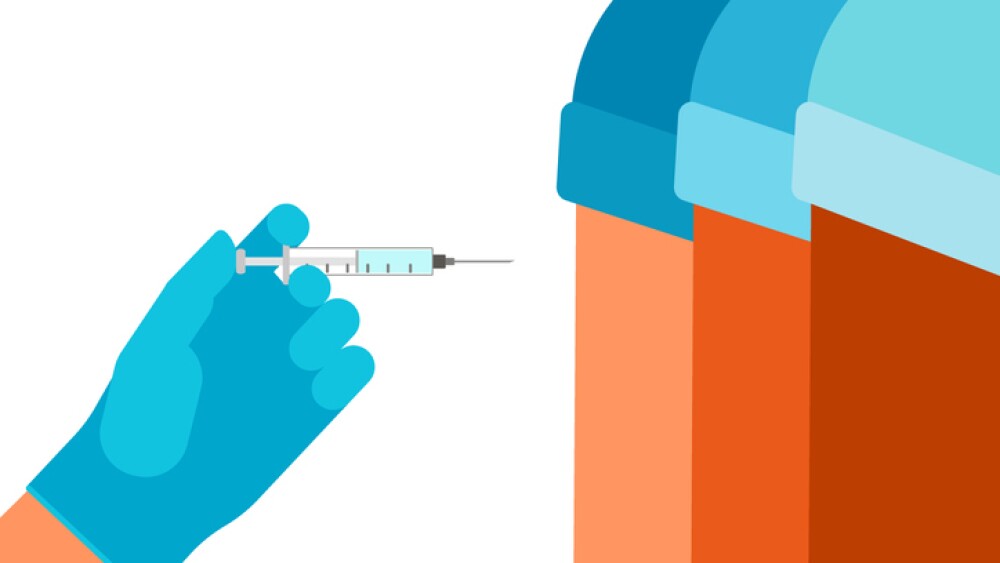The regulator’s advisory committee on Tuesday found Vertex Pharmaceuticals and CRISPR Therapeutics’ off-target analysis for its sickle cell disease candidate exa-cel to be sufficient.
Pictured: Three doctors holding their thumbs up/iStock, andrei_r
The FDA’s Cellular, Tissue, and Gene Therapies Advisory Committee on Tuesday agreed that Vertex Pharmaceuticals had sufficiently demonstrated the safety of its investigational sickle cell disease gene-edited therapy exagamglogene autotemcel (exa-cel).
Still, the panel of external experts did indicate that Vertex and its partner CRISPR Therapeutics could follow treated patients and assess them specifically for potential off-target effects. The companies can implement this in their post-approval, long-term follow-up program, the adcomm concluded.
In their regulatory application, Vertex and CRISPR provided data from a pivotal Phase I/II/III trial and bolstered these up with long-term safety and efficacy results from a follow-up study. The partners have also proposed a 15-year post-approval follow-up study using a registry to monitor patients treated with exa-cel.
“We want to be careful to not let the perfect be the enemy of the good,” Scot Wolfe, professor at the Department of Molecular, Cell and Cancer Biology at UMass Chan Medical School and an adcomm member, said during Tuesday’s meeting.
“Right now, I feel that you can do a lot of in-depth analysis … and you want to do as good a job as you possibly can, but at some point, you have to just try things out in patients and I think in this case, there’s a huge unmet need for individuals with sickle cell disease.”
Unlike the typical adcomm meeting, Tuesday’s session did not focus on the efficacy of exa-cel nor did the panel weigh its benefits against its risks. Instead, the advisers had been instructed to specifically discuss whether Vertex and CRISPR had conducted a sufficiently thorough analysis of the potential off-target effects of exa-cel.
In a briefing document published ahead of the Tuesday meeting, FDA staff said that Vertex and CRISPR’s in silico methods to spot these possible unintended edits leveraged “insufficient sequencing data” as a reference, which in turn might “impede the identification of relevant variants contributing to off-target editing.”
Specifically, the regulator raised concerns that the reference databases used to predict these off-target edits may not be representative of the sickle cell disease (SCD) population.
Vertex and CRISPR are seeking the FDA’s approval for exa-cel, an autologous and ex vivo gene therapy that leverages a patient’s own stem cells—genetically edited using the CRISPR/Cas9 system—to induce high production levels of fetal hemoglobin.
If approved, exa-cel could become the “first genetic therapy available to approximately 20,000 people with severe SCD in the U.S.,” according to CRISPR’s news release on Tuesday announcing the conclusion of the adcomm meeting. The FDA is set to release its decision on exa-cel by Dec. 8.
Tristan Manalac is an independent science writer based in Metro Manila, Philippines. He can be reached at tristan@tristanmanalac.com or tristan.manalac@biospace.com.






